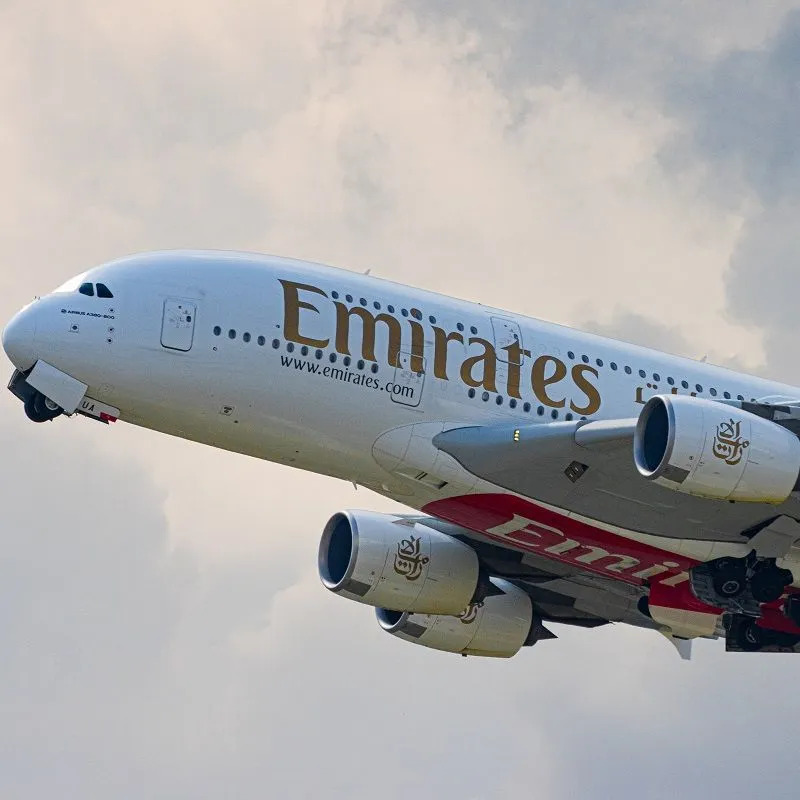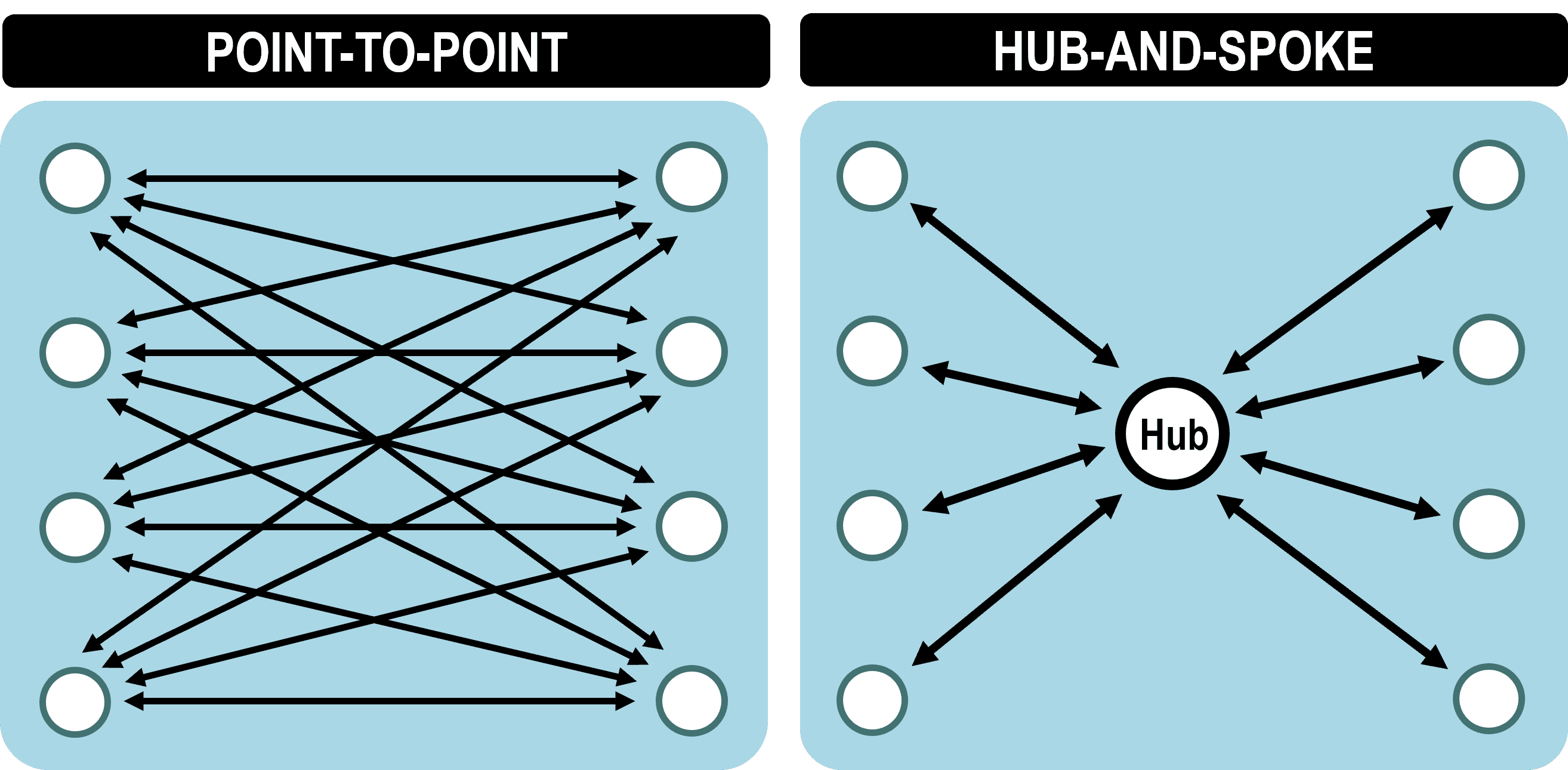Hub-and-spoke travel, while efficient for airlines in terms of operations, has notable sustainability drawbacks. Airlines such as Emirates rely on this route planning method through their main hub in Dubai. However, the fuel required to maintain an operation that is hub-and-spoke is usually more than point-to-point route management.
The concentration of flights at hub airports can also lead to local environmental impacts, such as noise pollution and air quality issues. The higher volume of flights and ground operations at hubs can disrupt local communities and contribute to health problems for residents living nearby. Furthermore, the hub-and-spoke model can limit the development of sustainable aviation alternatives, such as electric or hydrogen-powered aircraft. These technologies may be better suited for shorter, point-to-point routes, but the hub-and-spoke system favors larger, long-range aircraft that are less compatible with alternative propulsion systems.

In terms of resource allocation, the hub-and-spoke model often requires significant investment in infrastructure, such as large airport terminals and runways, which may not be sustainable in the long term. These investments can also lead to overcapacity at hubs, as airlines compete for market share, further exacerbating the environmental impact.
To address these sustainability challenges, airlines and aviation authorities should consider alternative routing strategies, such as point-to-point or hybrid models that balance the efficiency of hub-and-spoke with the environmental benefits of more direct routing. Although hub-and-spoke travel is a mainstay for some airlines, it needs to be reworked in the sustainable future.

Truly amazing!
xqwo9y
ib3wb2